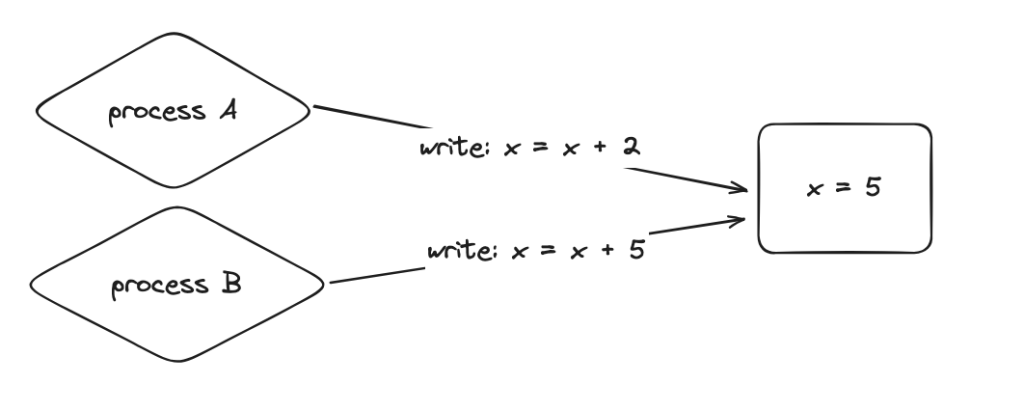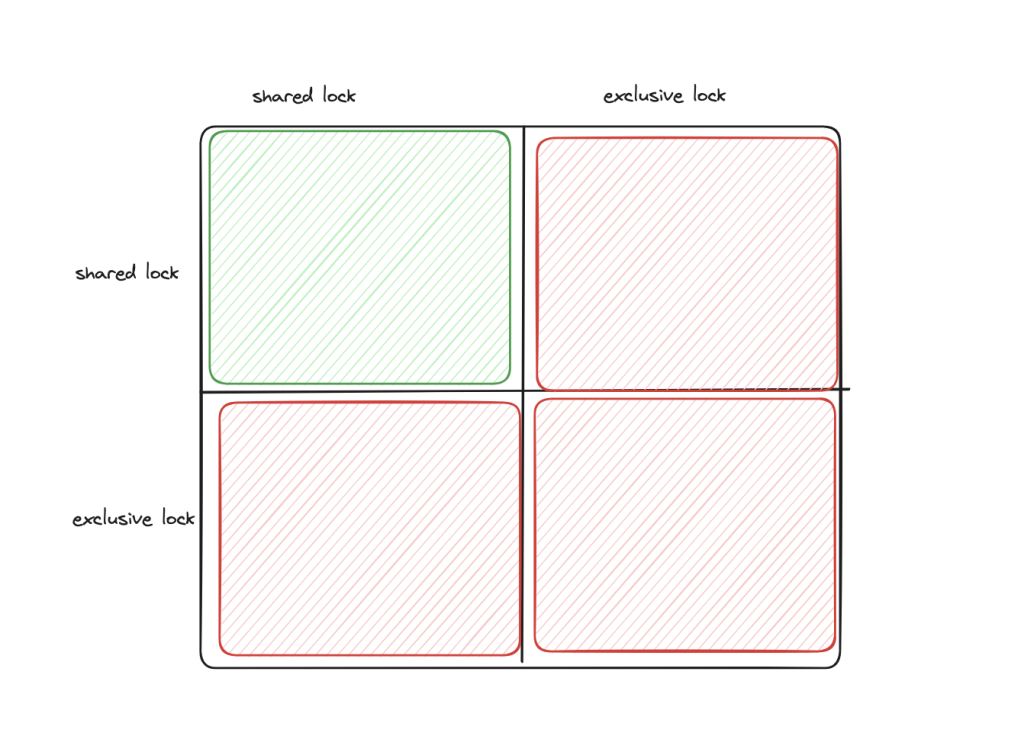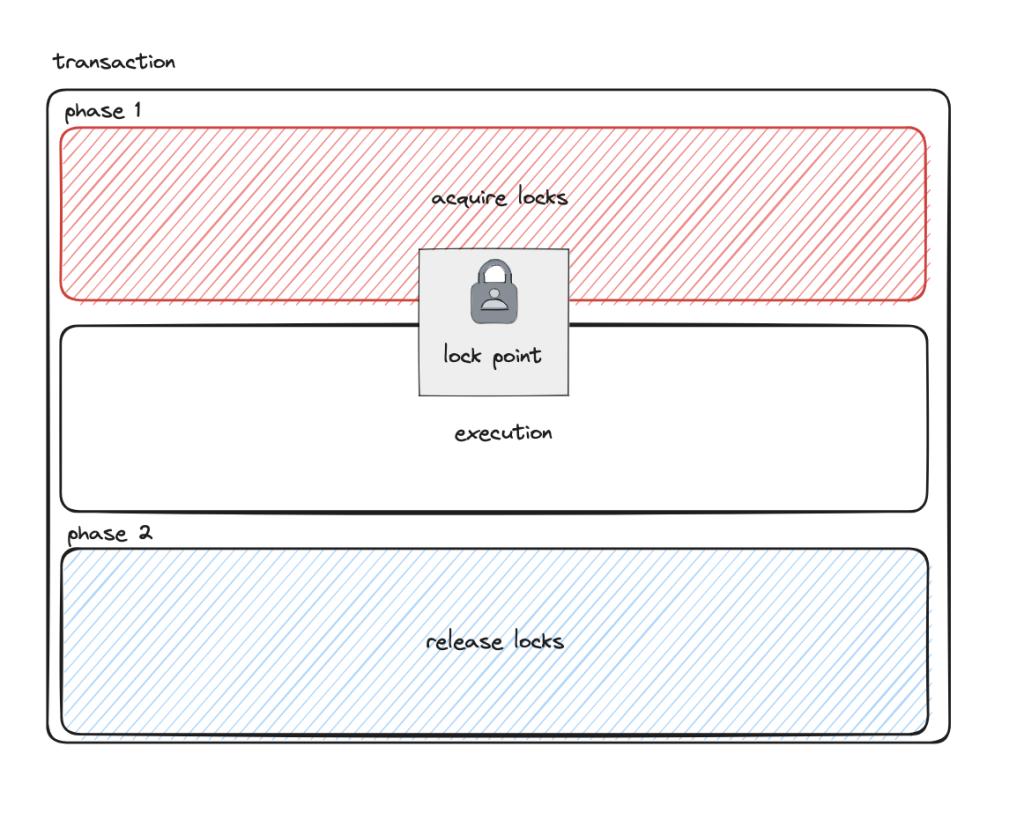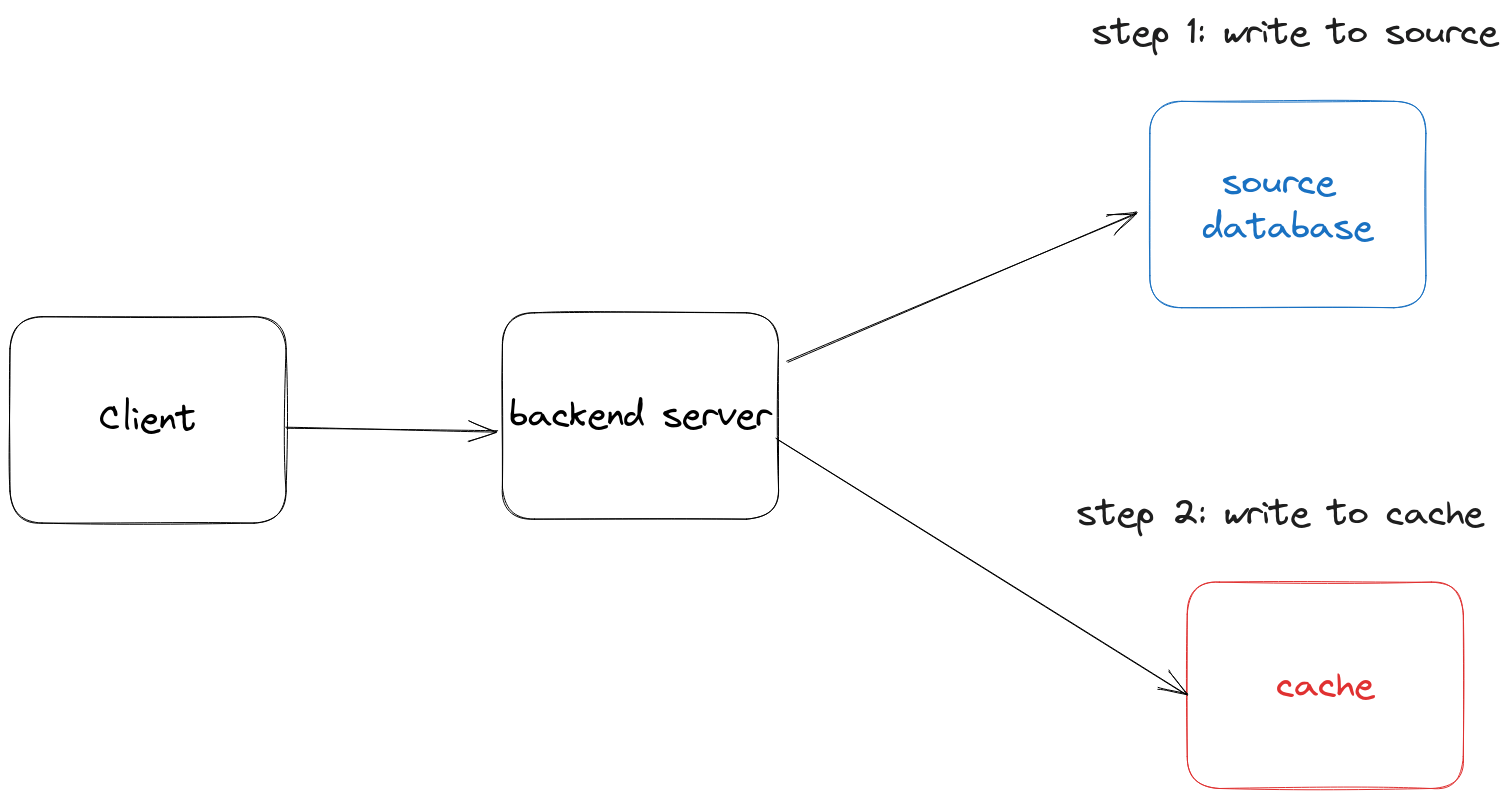the expression problem states that it may be easy to extend data types in a program without modifying existing code and it may be easy to extend behavior in a program without modifying existing code, but not both. this limit, as far as i know, is a limit imposed by the design of the underlying programming language. i really don’t like the name of this problem because the issue isn’t just a matter of expression, it’s also one of modification. so maybe we should call it the expression-modification problem…
object oriented languages or languages that are oriented towards concepts like colocating data and behavior under class-like constructs tend to be better at allowing you to add new types to a system (provided they follow the same behavior contracts) without having to open up and modifying existing type. for example, if you have a set of data types representing cars and they’re all supposed to understand the method / message “accelerate”, you can easily add new cars with different acceleration behavior. however, the moment you need to add a new behavior that affects all existing cars (lets say a new method named “recall”), every single class will need to be opened and modified.
functional languages or languages that are oriented towards separating data and behavior tend to be better at allowing you to add new behavior to a system without having to modify existing code. using the same example as above, if you needed to add a new function, you just need to add a new function that handles all the various car types. however, if you need to add a new data type like a new car, now you need to open all of the existing functions to handle the new type.
from a practical standpoint, what this means is that choice of language matters depending on the problem at hand because the language orientation, if one exists, can either work with or against the programs natural architecture. for example, if you’re dealing with a problem with a handful of fixed data types and most of the growth is in domain specific behavior, a function oriented design may be more compatible.
for example, lets say you have a computing problem dealing with some fixed set of accounting related concepts that are stable and don’t change overtime. but stakeholders frequently need to perform different types of reports on these various types and these reports frequently evolve and change. with a more strict OO approach, the reporting behavior may be co-located with the domain objects but this means having to open up each one every time a new reporting behavior is added (OO languages make cross-cutting behavior sharing easier with inheritance, so, lets assume the worst case and that the concrete behavior of each new report needs to be specific to each type).
nowadays we have many “multi-paradigm” languages that allow programmers to choose the more suitable style or change it if it no longer fits, but i don’t think this solves the expression problem in so much as it forces the user to pick the side of the problem they want to have. lots of problem domains also grow on both axis (data types AND behavior) and it’s not always clear which one you’re dealing with, so the problem cannot always be avoided with more planning.
from my experience, it’s easier to start with a function oriented program for most problems that are ill-specified because you can easily and quickly represent types using lightweight data types and start doing useful things with them. with object oriented approaches, particularly with statically typed ones like java, it often feels like there’s a much higher startup cost to expressing the program because before you can even get to defining any useful behavior, you have to define some set of classes (which are far more rigid and hard to change than more primitive data structures).











